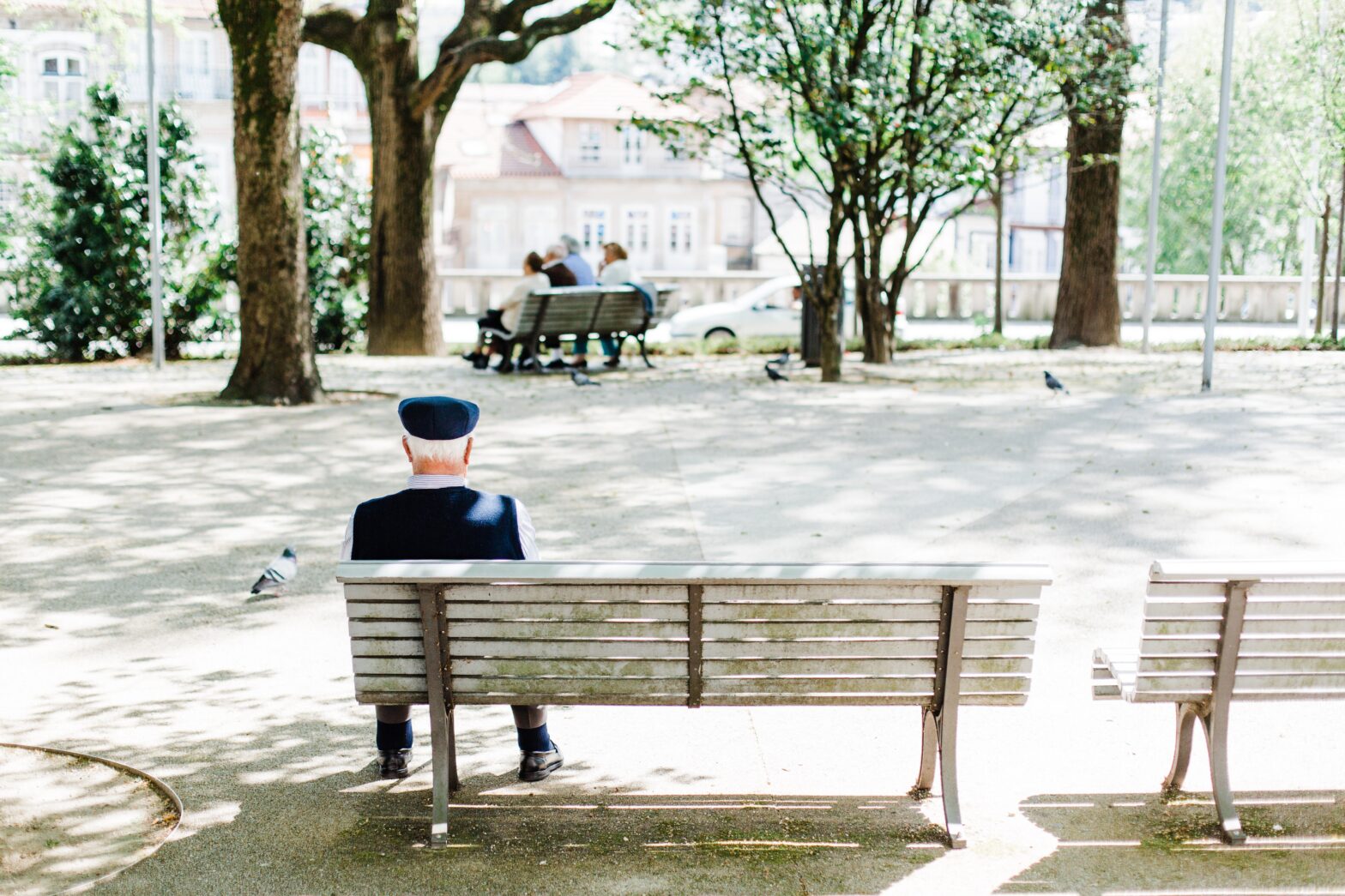Subconcussive head trauma are sufficient in increasing vulnerability to developing young onset Parkinson’s Disease. [1]
This includes subconcussive blast exposures. [2]
There is currently no cure for Parkinson’s Disease. Current medical strategy is to decrease the impact it has on quality of life.
As a Physical Therapist I’ve been part of healthcare teams doing that for many individuals suffering from Parkinson’s. My focus is on mobility, maximizing capability and independence of movement. An essential aspect of that training is optimizing the systems for situational awareness.
The sensory systems for situational awareness are important for all of us. Tactical operators set the bar for what is possible for performance of these systems. As a healthy tactical athlete your ceiling of potential in this area is high. In individuals with neurodegenerative diseases like Parkinson’s, the ceiling of their potential is lower.
But each of us should be striving to perform at what we are capable of.
Maximizing potential in this area for an individual with advanced Parkinson’s Disease impacts their independence and quality of life, like reducing falls and ensuring they make it to the bathroom on time.
For tactical athletes, hitting your ceiling of potential in performance of the sensory systems ensures you can face the extreme and unpredictable conditions of the job and have every millisecond of advantage you can get.
Incorporating training of these systems for performance now also sets you up for a higher ceiling of potential well after retirement, just like strength training now sets you up for strong muscles in the future.
Neurodegenerative diseases like Parkinson’s are frustrating because there is so much we still don’t know, and many risk factors we can’t control.
It can be paralyzing.
But instead of focusing on all that we don’t know and can’t control, we must focus in on that which we do control.
- Mitigate subconcussive exposures when possible
- Prioritize sleep after known subconcussive exposures
- Increase time between subconcussive exposures
- Train to maximize function of factors impacted by subconcussive exposures
- Emotional/Mental health
- Memory
- Sensory systems for situational awareness
Continuing to strive for improved capability of the sensory systems for situational awareness not only helps you push the limits of what’s possible for human performance but sets you up for the highest quality of life well after retirement.
References:
- Schirinzi, T., Grillo, P., Di Lazzaro, G., Zenuni, H., Salimei, C., Dams-O’Connor, K., … & Pisani, A. (2021). Effects of head trauma and sport participation in young-onset Parkinson’s disease. Journal of neural transmission, 128(8), 1185-1193.
- McKee, A. C., & Robinson, M. E. (2014). Military‐related traumatic brain injury and neurodegeneration. Alzheimer’s & Dementia, 10, S242-S253.
